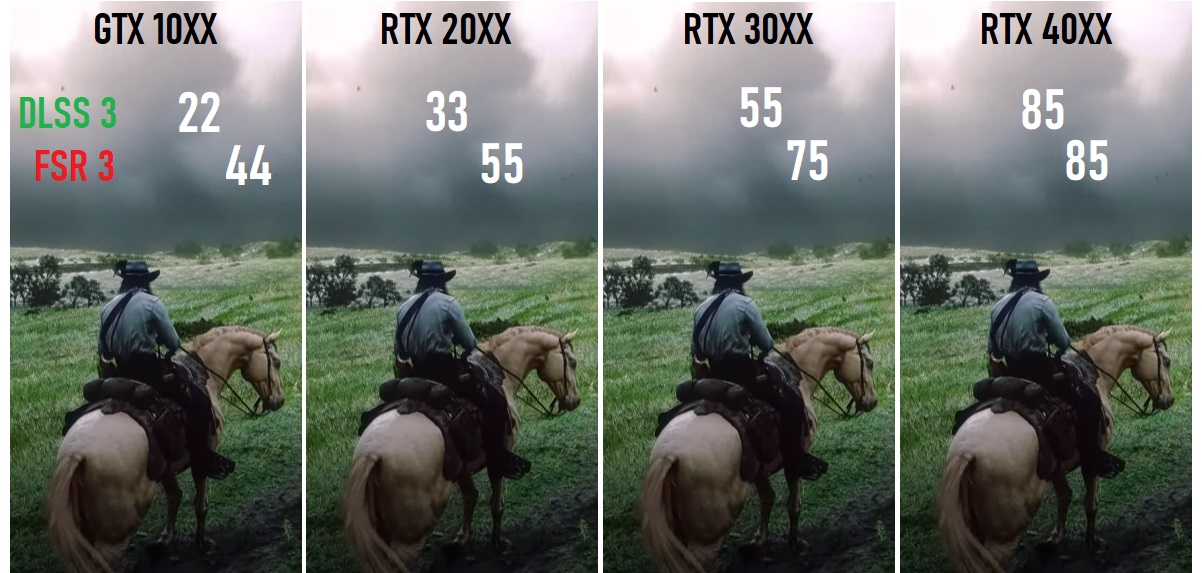As the gaming industry continues to evolve, advancements in technology are constantly pushing the boundaries of what’s possible. One such advancement that’s generating buzz is AMD’s latest update to FidelityFX Super Resolution (FSR) 3.1, unveiled at GDC 2024. In this discussion, we’ll delve into the details of this update and its implications for the gaming landscape.
Unlocking the Potential of Spatial Upscaling:
FSR has been a game-changer for many gamers, offering a performance boost by upscaling lower-resolution images to higher resolutions. However, one area where FSR has lagged behind its competitors is in spatial upscaling. With FSR 3.1, AMD is aiming to address this gap by focusing on improving the quality of spatial upscaling.
A Promising Upgrade:
The highlight of FSR 3.1 is its enhanced spatial upscaling capabilities, which promise to deliver sharper images and smoother transitions, especially in fast-paced games. AMD’s emphasis on refining this aspect of FSR is a significant step forward, as it addresses a key weakness compared to competing technologies like DLSS from NVIDIA.
The Demonstration:
During the announcement, AMD showcased FSR 3.1 with a demo of Ratchet and Clank, highlighting the improvements in image quality and stability. Notably, the demo featured 1080p resolution in performance mode, demonstrating the effectiveness of FSR 3.1 even at lower resolutions.
Addressing Artifacts and Stability Issues:
One of the primary challenges with previous versions of FSR was the presence of artifacts and stability issues, particularly during fast movements or complex scenes. However, the demo revealed noticeable improvements in stability, with fewer artifacts and smoother transitions between frames.
Looking Ahead: Implementation and Integration:
While the technical advancements of FSR 3.1 are promising, the key to its success lies in how developers implement and integrate it into their games. AMD’s recommendation to maintain a minimum frame rate of around 60 FPS before applying frame generation underscores the importance of optimizing performance for an optimal gaming experience.
Latency Considerations:
Another crucial aspect to consider is latency mitigation, especially on console platforms where FSR 3.1 is expected to be integrated. Without a built-in latency mitigation strategy, developers may need to implement their own solutions to ensure smooth gameplay experiences.
Console Compatibility and Beyond:
The integration of FSR 3.1 into the Microsoft xdk opens up new possibilities for console gaming, allowing developers to leverage the benefits of spatial upscaling on a broader range of platforms. However, careful consideration is needed to ensure optimal performance and compatibility with console hardware.
The Potential for Sony’s PS5:
With the PS5 boasting impressive machine learning capabilities, there’s speculation about whether Sony will develop its own frame generation technology akin to FSR. Such a move could further enhance the gaming experience on the PS5, leveraging its GPU prowess and machine learning capabilities.
Conclusion:
AMD’s FidelityFX Super Resolution 3.1 represents a significant milestone in the evolution of spatial upscaling technology. By focusing on improving spatial upscaling quality and stability, AMD aims to close the gap with competing technologies and deliver a compelling gaming experience for players worldwide. As developers begin to implement FSR 3.1 in their games, we can expect to see enhanced visuals and smoother gameplay across a wide range of platforms. The future of gaming just got a whole lot sharper.















